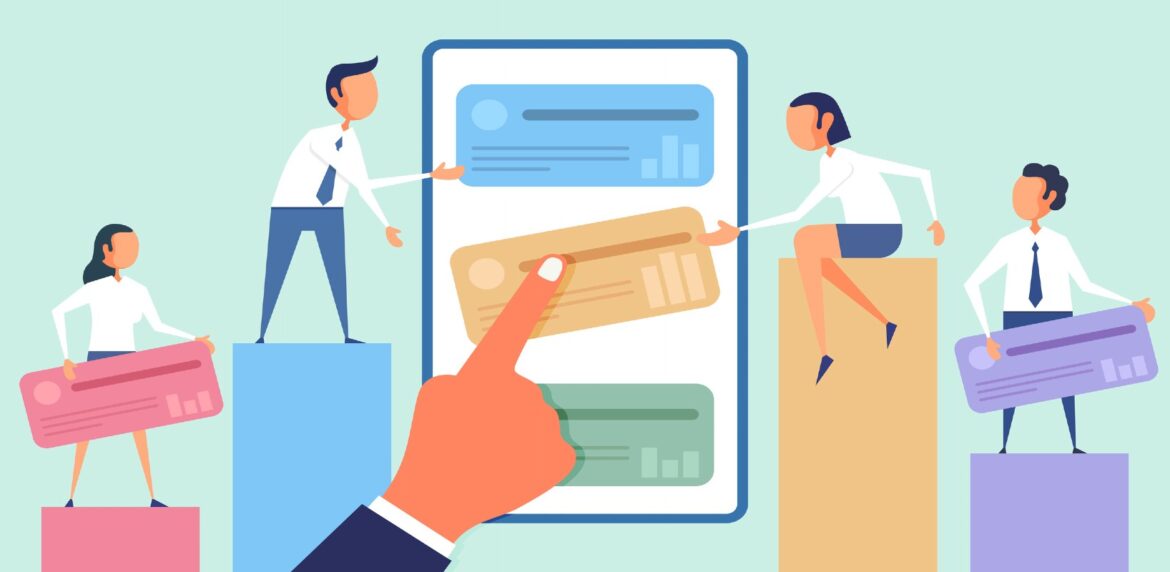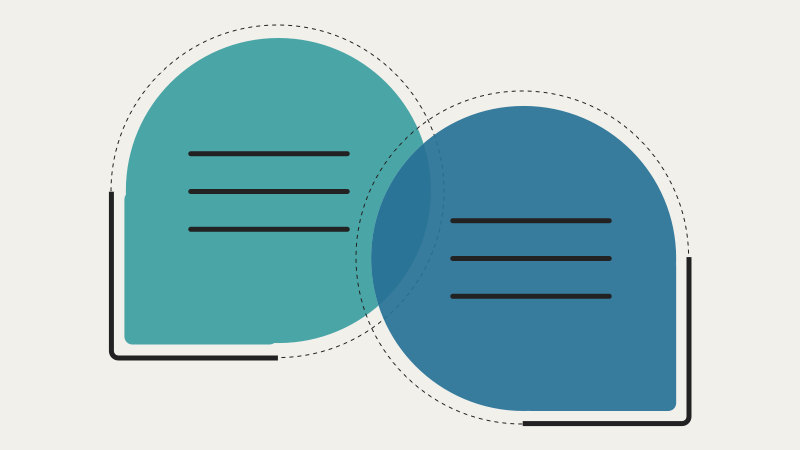
Did you know that website speed is a critical factor in determining whether people will stay on your website or not?
According to a study by Google, if a website takes more than 3 seconds to load, 53% of people using mobile devices will abandon the site. Moreover, a slow website also has a negative impact on conversions. We’ll tell you why improving your website’s load times can decrease your bounce rate and improve conversions. Plus, offer you a few tips on how to improve your site’s load times.

Get in touch to talk to us about your project or ideas.
Let’s ChatBasics First
Let’s start with some tech talk. Bounce rate is the percentage of people who leave your website after only viewing one page. When your website takes too long to load, people are more likely to become frustrated, causing them to leave without visiting other pages on your site. Put simply, a happy person is a long(er)-term visitor to your site.
Improving your website’s load times can also improve conversions. Conversions are the desired action that people take on your website. For example, a person may want to:
• Complete a purchase,
• Fill out a form, or
• Make a donation.
A slow website can negatively impact conversions because it creates a poor user experience. People are less likely to trust and engage with your website it takes too long to load. Another unintended consequence could be a decrease in search engine rankings, as Google considers website speed as a ranking factor.
Now, The Tips
1. Optimize Images
One of the most common reasons for slow website speed is large image files. Since images are often a key way to enhance the visual appeal of your site, it’s essential to optimize your images before uploading them to your website. You can use image editing tools like Photoshop or Canva to reduce the file size of your images without compromising their quality. You could also use image compression tools like TinyPNG and Kraken to further reduce the file size of your images.
2. Use a Content Delivery Network (CDN)
A content delivery network (CDN) is a network of servers that are distributed across the globe. CDN stores your website’s files, including images, CSS, and JavaScript, on these servers. When a person visits your website, the CDN serves the files from the server that is closest to their location. This helps reduce the load times of your website because the files are served from a server that is geographically closest to the person visiting your site.
3. Minimize HTTP Requests
Every time a person visits your website, their browser sends a request to your server to fetch the files required to load your website. This includes HTML, CSS, JavaScript, and images. The more files your website has, the more HTTP requests it will generate, which can slow down your website’s load times. You can minimize the number of HTTP requests by reducing the number of images on your website.
4. Use Browser Caching
Browser caching is a technique that allows your website to store a copy of your website’s files on a person’s device. So, after someone visits your website for the second time, the browser does not need to fetch all the files again. Instead, it loads the files from the cache, which helps to reduce the load times of your website. You can enable browser caching by adding caching headers to the files of your site.
Final Word
Improving your load times for your website is essential in keeping visitors from heading elsewhere. It may take a little experimenting to determine what works best for your site, but it’ll be time well spent.
Further reading and resources: